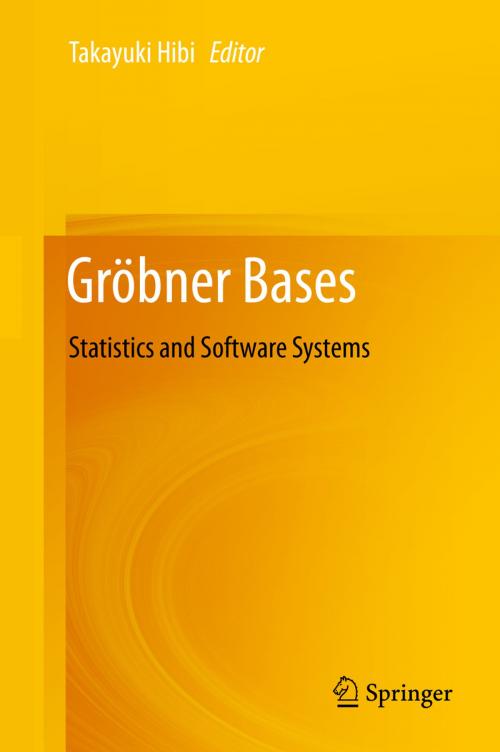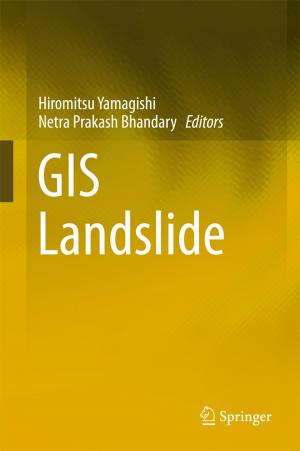Gröbner Bases
Statistics and Software Systems
Nonfiction, Science & Nature, Mathematics, Statistics, Computers, Application Software| Author: | ISBN: | 9784431545743 | |
| Publisher: | Springer Japan | Publication: | January 7, 2014 |
| Imprint: | Springer | Language: | English |
| Author: | |
| ISBN: | 9784431545743 |
| Publisher: | Springer Japan |
| Publication: | January 7, 2014 |
| Imprint: | Springer |
| Language: | English |
The idea of the Gröbner basis first appeared in a 1927 paper by F. S. Macaulay, who succeeded in creating a combinatorial characterization of the Hilbert functions of homogeneous ideals of the polynomial ring. Later, the modern definition of the Gröbner basis was independently introduced by Heisuke Hironaka in 1964 and Bruno Buchberger in 1965. However, after the discovery of the notion of the Gröbner basis by Hironaka and Buchberger, it was not actively pursued for 20 years. A breakthrough was made in the mid-1980s by David Bayer and Michael Stillman, who created the Macaulay computer algebra system with the help of the Gröbner basis. Since then, rapid development on the Gröbner basis has been achieved by many researchers, including Bernd Sturmfels.
This book serves as a standard bible of the Gröbner basis, for which the harmony of theory, application, and computation are indispensable. It provides all the fundamentals for graduate students to learn the ABC’s of the Gröbner basis, requiring no special knowledge to understand those basic points.
Starting from the introductory performance of the Gröbner basis (Chapter 1), a trip around mathematical software follows (Chapter 2). Then comes a deep discussion of how to compute the Gröbner basis (Chapter 3). These three chapters may be regarded as the first act of a mathematical play. The second act opens with topics on algebraic statistics (Chapter 4), a fascinating research area where the Gröbner basis of a toric ideal is a fundamental tool of the Markov chain Monte Carlo method. Moreover, the Gröbner basis of a toric ideal has had a great influence on the study of convex polytopes (Chapter 5). In addition, the Gröbner basis of the ring of differential operators gives effective algorithms on holonomic functions (Chapter 6). The third act (Chapter 7) is a collection of concrete examples and problems for Chapters 4, 5 and 6 emphasizing computation by using various software systems.
The idea of the Gröbner basis first appeared in a 1927 paper by F. S. Macaulay, who succeeded in creating a combinatorial characterization of the Hilbert functions of homogeneous ideals of the polynomial ring. Later, the modern definition of the Gröbner basis was independently introduced by Heisuke Hironaka in 1964 and Bruno Buchberger in 1965. However, after the discovery of the notion of the Gröbner basis by Hironaka and Buchberger, it was not actively pursued for 20 years. A breakthrough was made in the mid-1980s by David Bayer and Michael Stillman, who created the Macaulay computer algebra system with the help of the Gröbner basis. Since then, rapid development on the Gröbner basis has been achieved by many researchers, including Bernd Sturmfels.
This book serves as a standard bible of the Gröbner basis, for which the harmony of theory, application, and computation are indispensable. It provides all the fundamentals for graduate students to learn the ABC’s of the Gröbner basis, requiring no special knowledge to understand those basic points.
Starting from the introductory performance of the Gröbner basis (Chapter 1), a trip around mathematical software follows (Chapter 2). Then comes a deep discussion of how to compute the Gröbner basis (Chapter 3). These three chapters may be regarded as the first act of a mathematical play. The second act opens with topics on algebraic statistics (Chapter 4), a fascinating research area where the Gröbner basis of a toric ideal is a fundamental tool of the Markov chain Monte Carlo method. Moreover, the Gröbner basis of a toric ideal has had a great influence on the study of convex polytopes (Chapter 5). In addition, the Gröbner basis of the ring of differential operators gives effective algorithms on holonomic functions (Chapter 6). The third act (Chapter 7) is a collection of concrete examples and problems for Chapters 4, 5 and 6 emphasizing computation by using various software systems.















